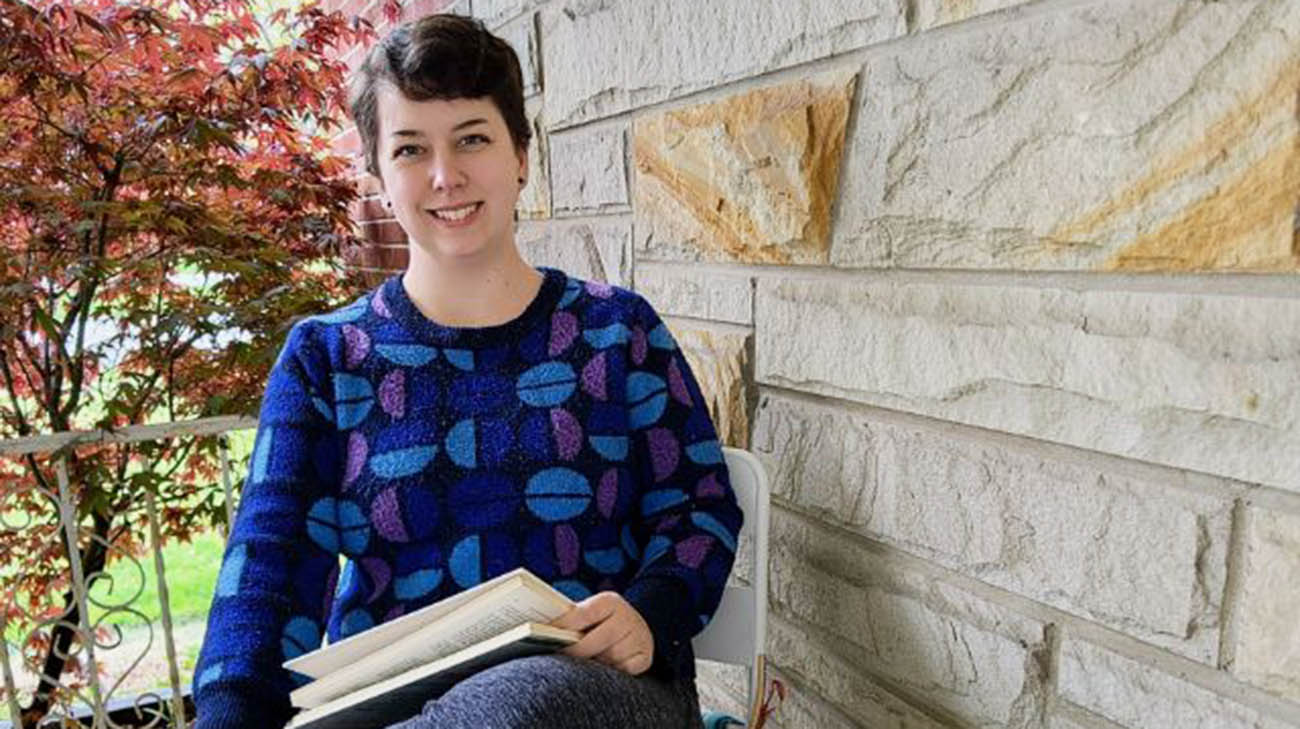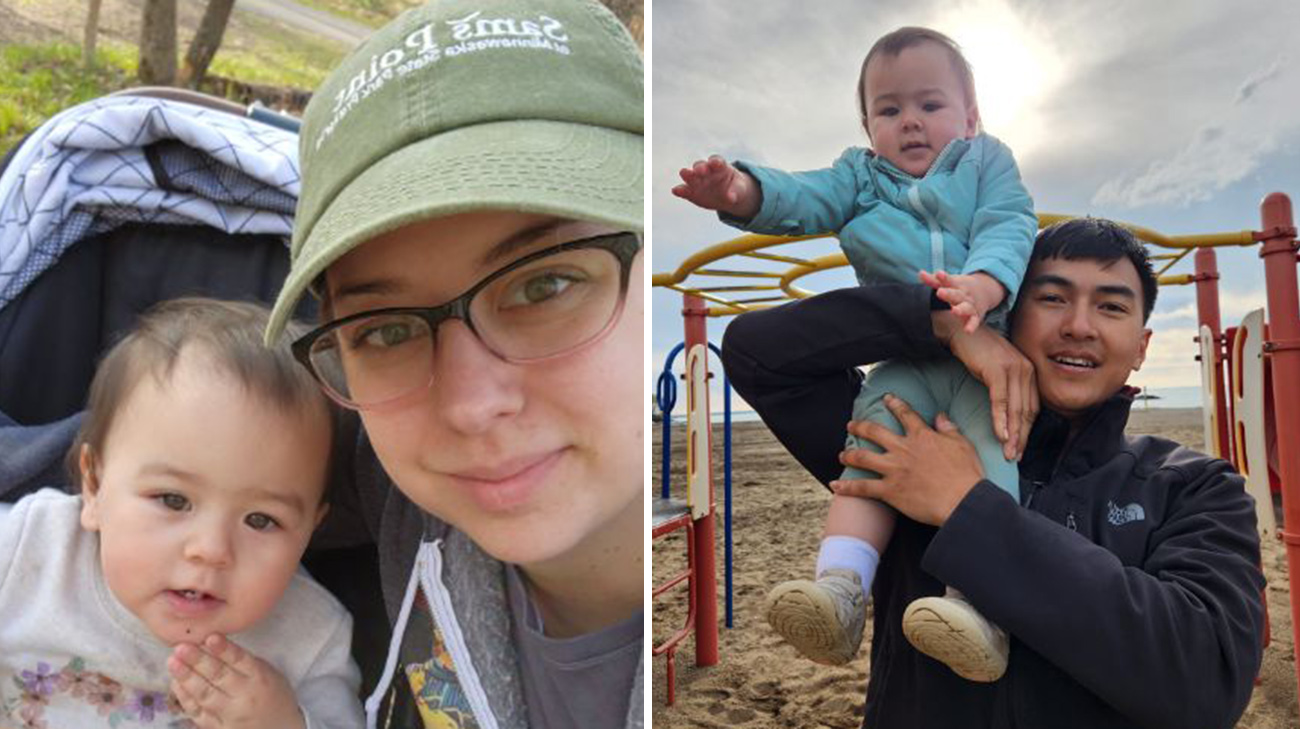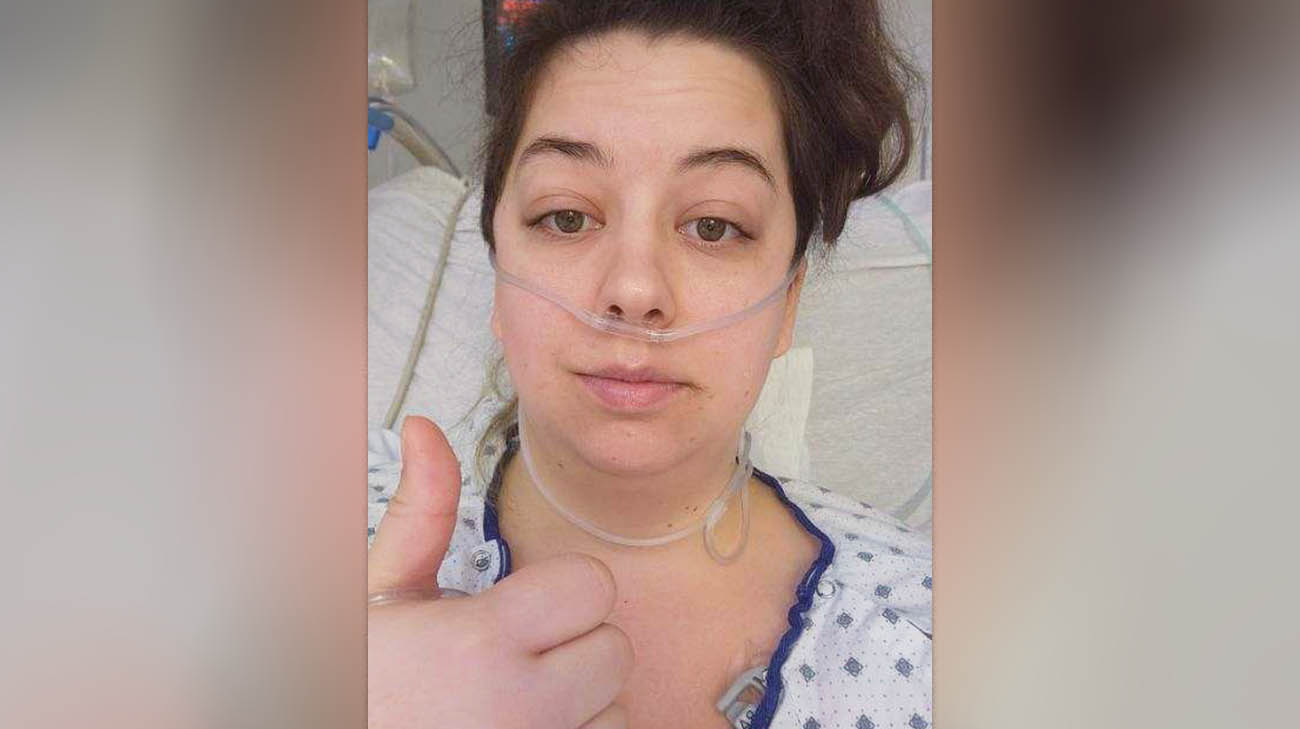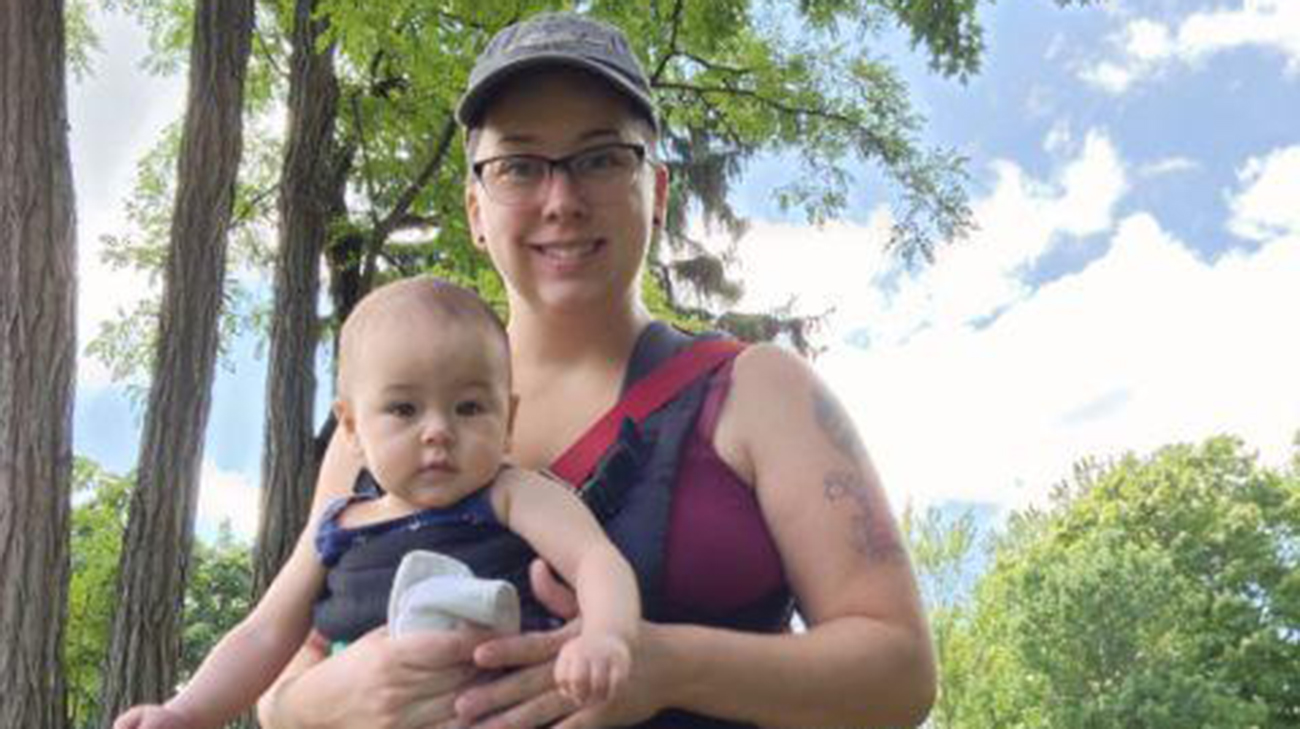
Dazed and a disoriented, 32-year-old Amanda Lenza wobbled unsteadily as she sat on her sofa, clutching her toddler, Beatrice, and her smartphone. Despite the searing pain in her neck and head, she was able to respond to a friend, one of her husband Mathieu’s coworkers, who was worried when Mathieu dashed out his office door to address an emergency at home.
“He asked if I was OK,” recalls Amanda. “I texted back, ‘I don’t know, but I’ll be fine. I don’t think it’s a stroke or anything.’”
Upon arriving by ambulance at a local hospital in January 2023, near her home in Lorain, Ohio, Amanda was quickly examined. Doctors determined she was indeed having a severe stroke. They immediately arranged for her to be transferred by a critical care transport helicopter to Cleveland Clinic main campus, 38 miles east, where a team of specialists from the Cerebrovascular Center awaited her arrival.

Amanda with her daughter, Beatrice.(left) Amanda's husband, Mathieu, with Beatrice.(right) (Courtesy: Amanda Lenza)
Before taking off, Amanda – who remained conscious throughout the first hour –struggled mightily to raise her left arm and squeeze her daughter’s hand, who had just arrived with Mathieu at her bedside.
“By then, I had difficulty breathing and couldn’t speak at all,” adds Amanda. “But I had to say goodbye to my daughter before I got on the flight. Because I didn’t know if I would be coming back.”
Amanda was rushed into surgery at Cleveland Clinic. According to M. Shazam Hussain, MD, a neurosurgeon who would perform a life-saving thrombectomy on Amanda, she was in critical condition because she had suffered a dissection (or tearing) in two of her vertebral arteries, which run along the back of the neck and supply the brain and spine with oxygen-rich blood.
“She was in the midst of a severe stroke, and it was getting worse by the minute,” explains Dr. Hussain, director of the Cerebrovascular Center. “It’s very dangerous to have a stroke in that area of the brain. About 90% of people pass away from that type of stroke, and a majority of the remaining 10% end up with a disability. We had to move fast.”
In addition to two of her key arteries being dissected, the resulting disruption in blood flow also formed a large clot near Amanda’s brain. Dr. Hussain and his surgical team would have to remove the clot and any other debris from the dissection. They would then use stents to reconnect at least one of the severed arteries through a relatively noninvasive procedure that begins by inserting a thin tube-like device into an artery near the groin and then navigating up to the impacted area.

After Amanda was rushed to Cleveland Clinic she underwent a life-saving surgery to remove the large blood clot near her brain. (Courtesy: Amanda Lenza)
Dr. Hussain says, “If she’d only torn one artery, and the other was big enough to compensate, she might have recovered without needing the procedure and by solely using medications as the body healed itself. However, because she had tears in both arteries, the strategy at that point was to repair one good side. We went after the right side because that was the dominant artery.” Later, imaging revealed Amanda’s nondominant artery did heal on its own after a few weeks.
The procedure was a success. Amanda spent one day recovering after surgery, intubated in the neuro intensive care unit. She went home to Mathieu and Beatrice two days later. Amanda used a walker for two weeks as she regained her balance and strength but did not require physical therapy. Besides having to reteach herself how to use a keyboard and take blood-thinning medication, Amanda believes she’s mostly back to good health.
“I’m doing really well,” says Amanda, who hasn’t yet returned to her job as a ghostwriter. “My energy levels aren’t quite back to where they were before, and I still can’t type without looking at my hands now, but those are small challenges in the grand scheme of things.”
Dr. Hussain credits Amanda and the medical caregivers who first assessed and treated her with taking fast action that likely saved her life and prevented permanent damage. Doctors are unsure what precipitated the stroke-causing spontaneous dissection, but Dr. Hussain speculates she may have underlying fragility to her blood vessels which makes them at risk for such a trauma.

Amanda continues making positive progress after surgery. She's happy to be back home with her family. (Courtesy: Amanda Lenza)
Amanda, who had been recovering from a cold at the time of the incident, remembers heavily coughing five days prior and feeling a sudden pain in the back of her neck. Explains Dr. Hussain, “Something as simple as a bad coughing fit, or straining while lifting something heavy, could have set if off.”
That’s why he recommends individuals who experience symptoms that could indicate a stroke to trust their instincts and seek medical intervention if the problem persists. Dr. Hussain also suggests people reference the phrase "BE FAST" to remember the warning signs of a stroke.
Incidences of stroke have been on the rise among people under the age of 50. Similar risk factors in older adults are applicable to younger adults including high blood pressure, high cholesterol, smoking and obesity. Additionally, younger people may not see a primary care physician as frequently where health concerns may be caught before they progress. They also may be more likely to ignore symptoms.
Amanda states, “If you feel something is wrong, call an ambulance. Don’t wait it out to see if it passes. That’s what saved me, by getting into surgery as fast as possible. Otherwise, I’d absolutely not be here. Many things had to line up perfectly for me to be where I am today.”
Related Institutes: Neurological Institute

